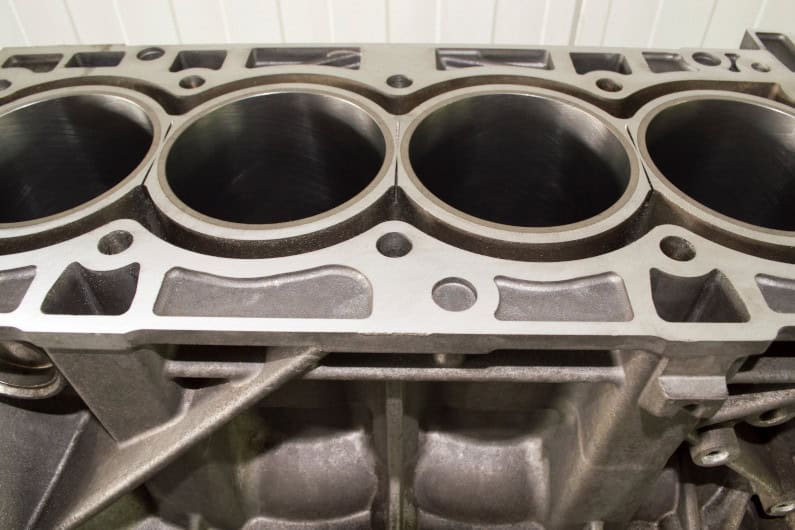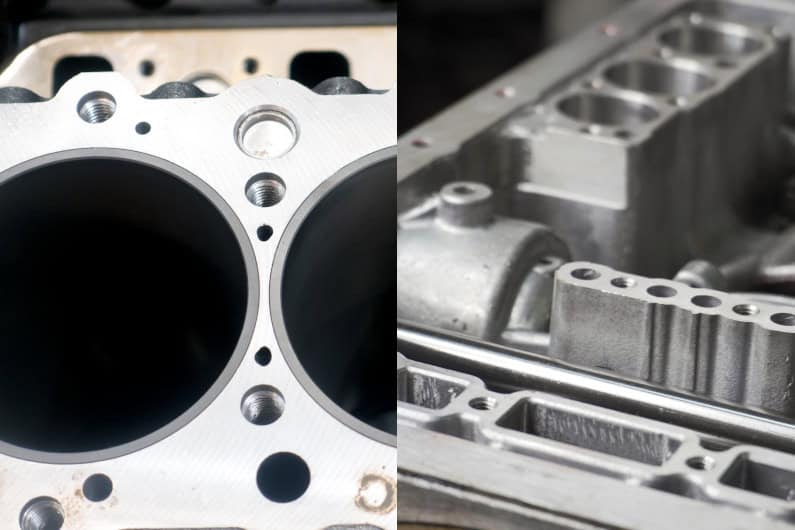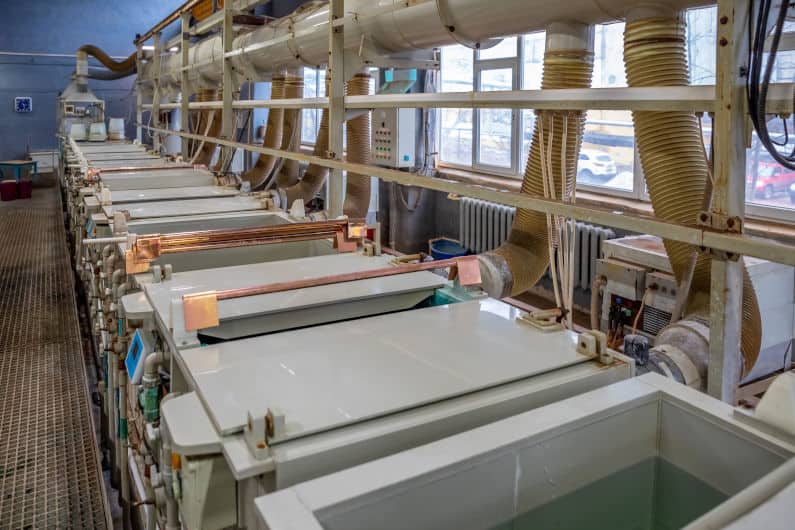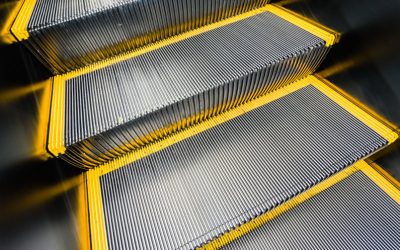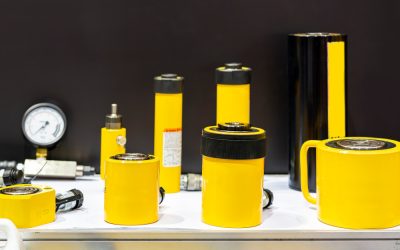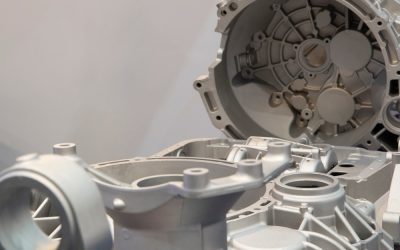B390 aluminum is a die-casting alloy that design engineers specify as an alternative to A380. It allows them to cast components with improved wear resistance. Are you interested in B390’s composition, applications, and suitability for your die-cast part?
Read on for essential information about the alloy and a comparison to A380 to help determine if it is the most appropriate choice for your component.
Table of Contents
Aluminum B390 Chemical Composition
This alloy is a hypereutectic alloy, meaning it contains more than 11.7% silicon. It is also copper controlled to improve desirable characteristics. Here, you can see a breakdown of its alloying elements alongside A380.
| SL. No | Element | B390 | A380 |
|---|---|---|---|
| 1 | Copper (Cu) | 4-5% | 3.0-4.0% |
| 2 | Iron (Fe) | ≤1.3% | ≤1.3% |
| 3 | Magnesium (Mg) | 0.45-0.65% | ≤0.1% |
| 4 | Manganese (Mn) | ≤0.35% | ≤0.5% |
| 5 | Nickel (Ni) | ≤0.1% | ≤0.5% |
| 6 | Silicon (Si) | 16-18% | 7.5-9.5% |
| 7 | Tin (Sn) | – | ≤0.35% |
| 8 | Titanium | ≤0.2% | – |
| 9 | Zinc (Zn) | ≤0.5% | ≤3.0% |
![]()
There are two things to note about the alloy’s composition:
- The main alloying element of aluminum B390 is silicon (16-18%), which is significantly higher than A380 and contributes to its exceptional wear resistance.
- The high silicon content also enhances the alloy’s fluidity, allowing it to flow easily into complex molds during the die-casting process and enabling the casting of intricate parts. (NADCA)
Mechanical Properties of B390 Aluminum
Engineers generally regard B390 as an alternative to A380, which can be used for components that require high wear resistance. Here are some key mechanical properties of the alloy.
| SL. No. | Description | B390 | A380 |
|---|---|---|---|
| 1 | Hardness, Brinell | 120 | 80 |
| 2 | Tensile Strength,Ultimate (MPa) | 317 | 324 |
| 3 | Tensile Strength, Yield (MPa) | 248 | 159 |
| 4 | Elongation % in 2in. (51mm) | ≤1.0 | 3.5 |
While the wear resistance of B390 is very high, its ductility is the lowest among casting alloys. If ductility is important to your application, this may not be the most suitable choice.
Physical Properties of B390 Aluminum
Here are some key physical properties of the alloy.
| SL. No. | Description | B390 | A380 |
|---|---|---|---|
| 1 | Thermal Conductivity (W/m °K) | 134 | 96 |
| 2 | Electrical Conductivity %IACS | 27 | 23 |
High thermal conductivity in aluminum alloys, like B390, enhances their suitability for die-casting applications, particularly in industries where effective heat dissipation is essential for maintaining performance and durability. (MDPI)
Applications of the B390 Aluminum Alloy
Some of the most common applications of the B390 alloy are:
- Engine Cylinders: This alloy was originally developed to make engine blocks, and its high wear resistance makes it well suited for this purpose.
- Other: Manufacturers use this alloy to make other wear-resistant parts such as pistons and pulleys.
So, how does this alloy compare to A380, which is widely considered the ‘default’ casting alloy?
B390 vs. A380
When considering the alloy’s chemical composition, the most significant difference between these two alloys is B390’s higher silicon content. This contributes to the alloy’s higher wear resistance and allows for more intricate designs. However, B390 has lower ductility, is less machinable, and is more difficult to anodize than A380. (NADCA).
Surface Finishing for This Alloy
B390 is one of the most challenging casting alloys to surface finish and is less suitable for anodizing than other alloys.
Need a Second Opinion?
At Gabrian, we produce custom die-cast components in India and can recommend alloys for your part. Contact us today to discuss the details of your project, and we’ll be happy to provide you with a review and quote. Learn more about our die casting services.

